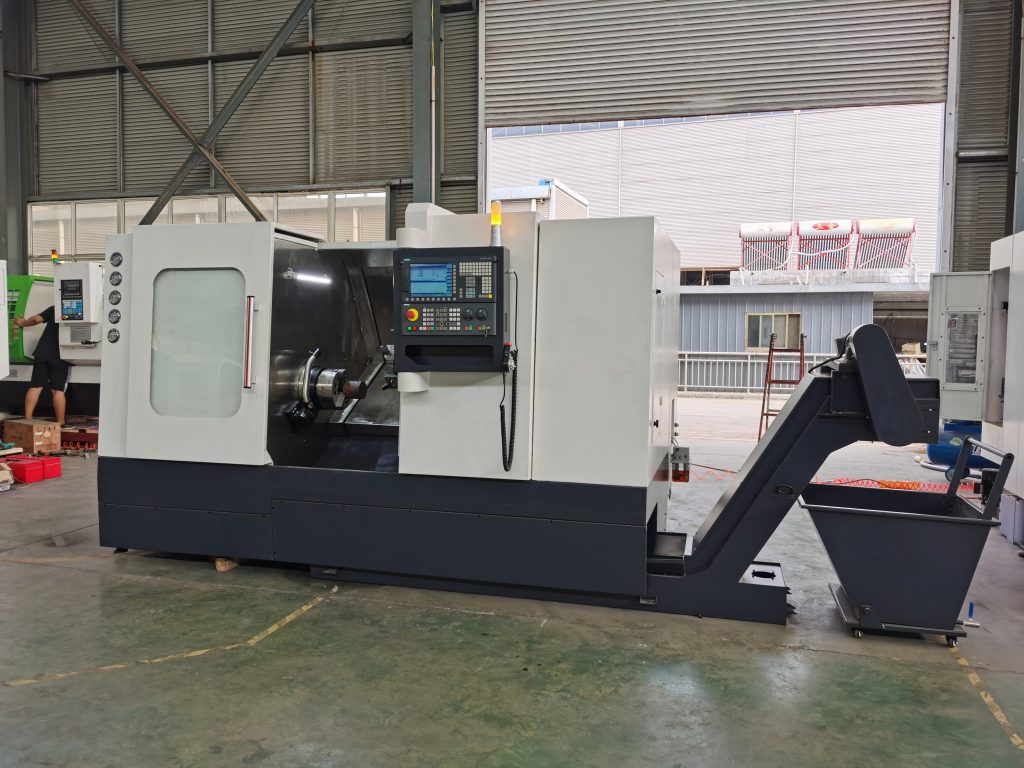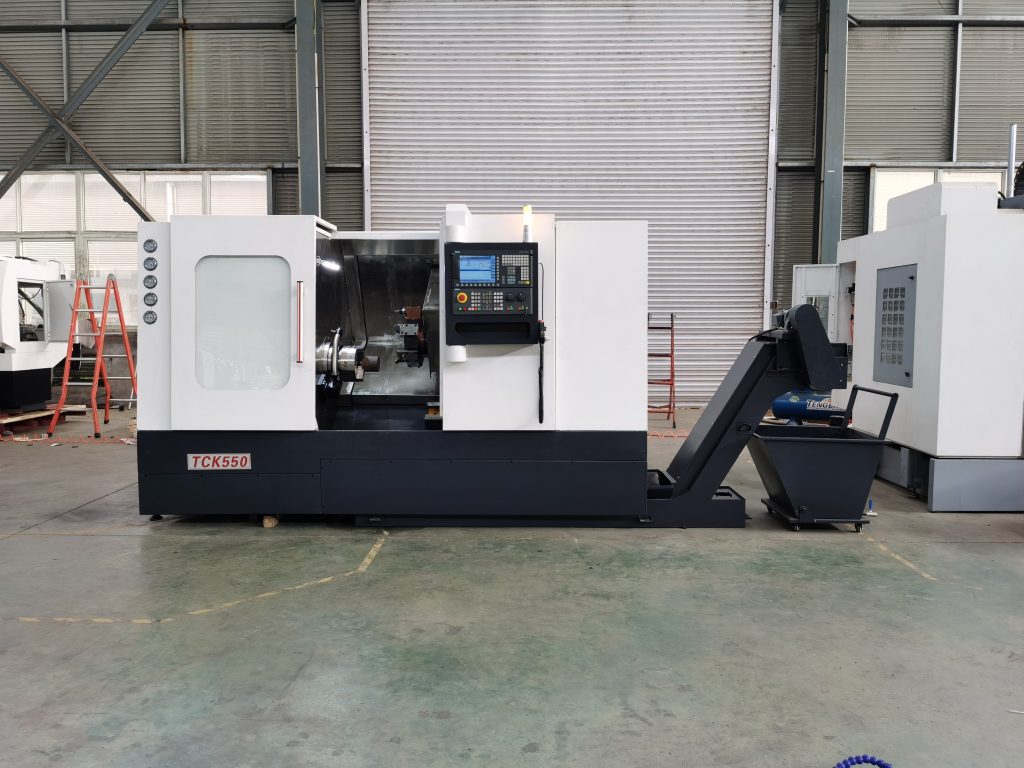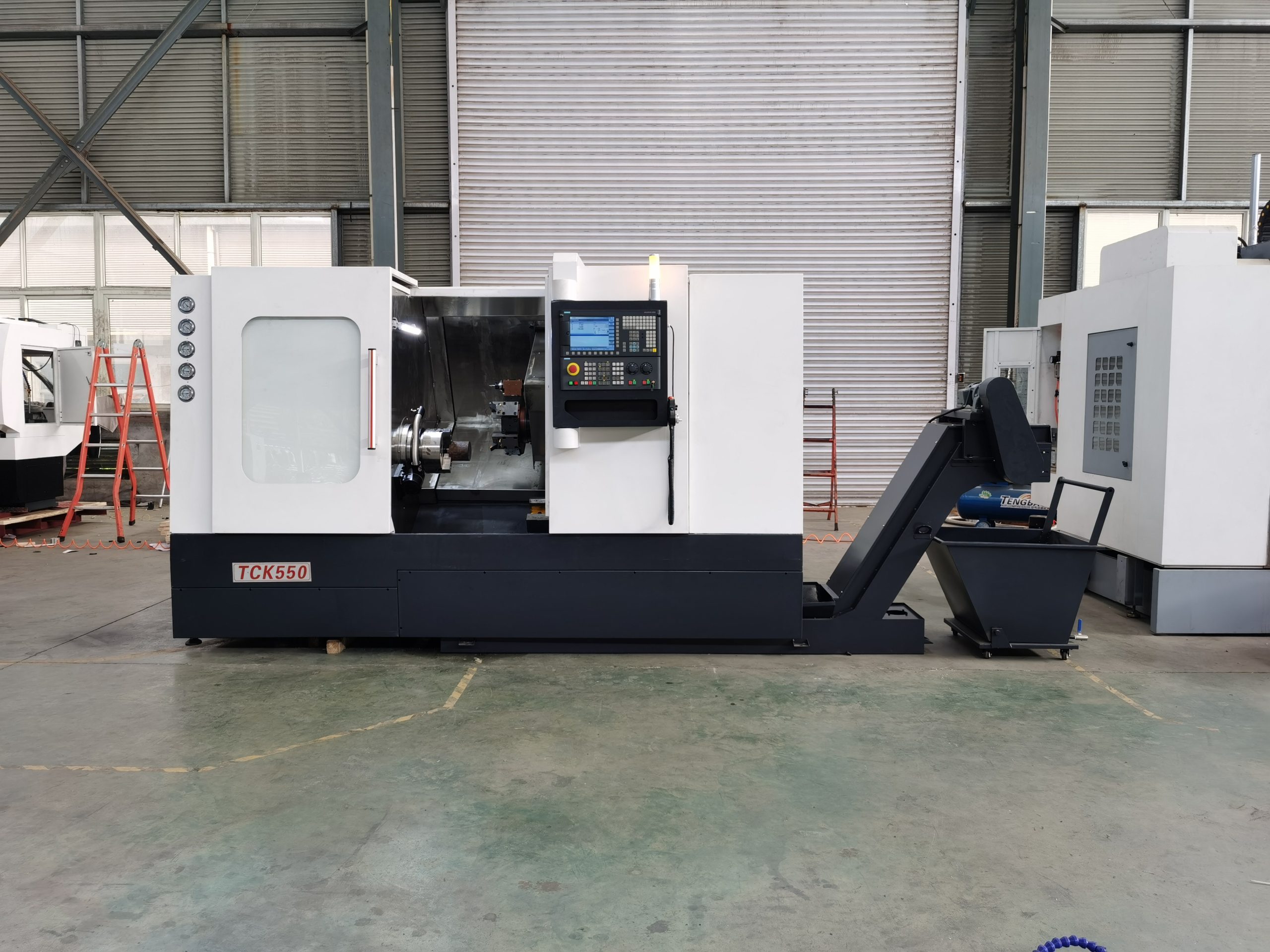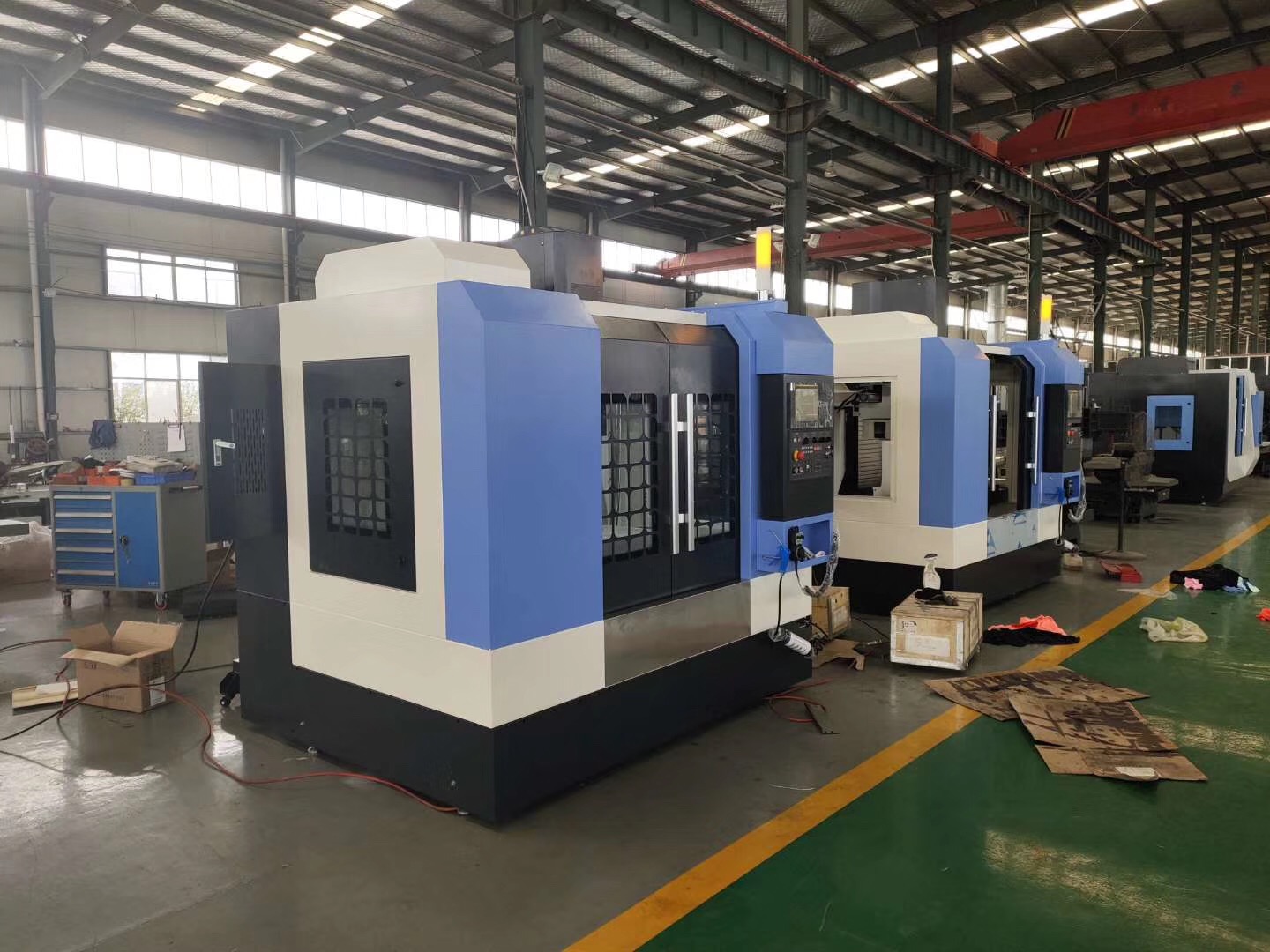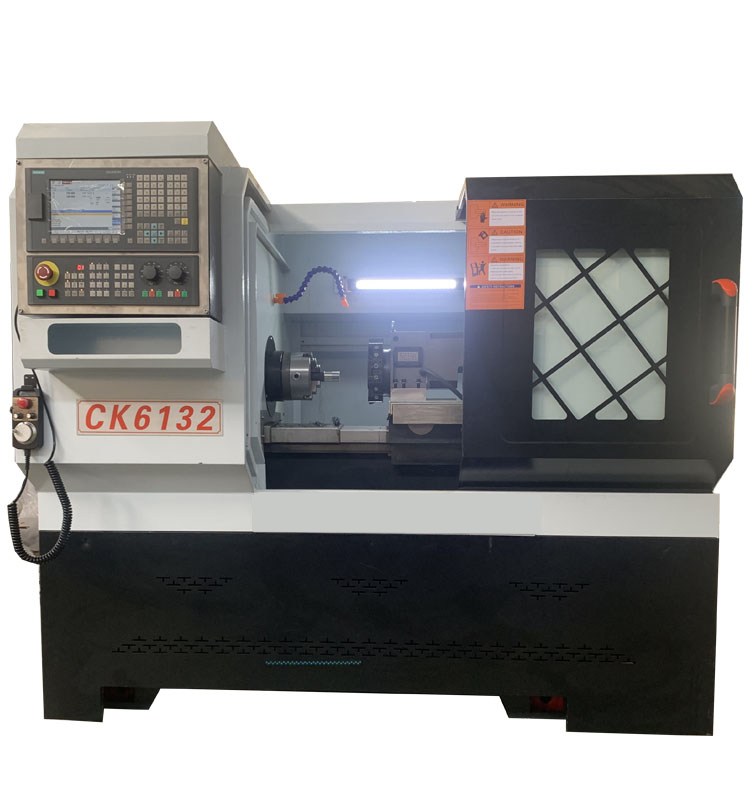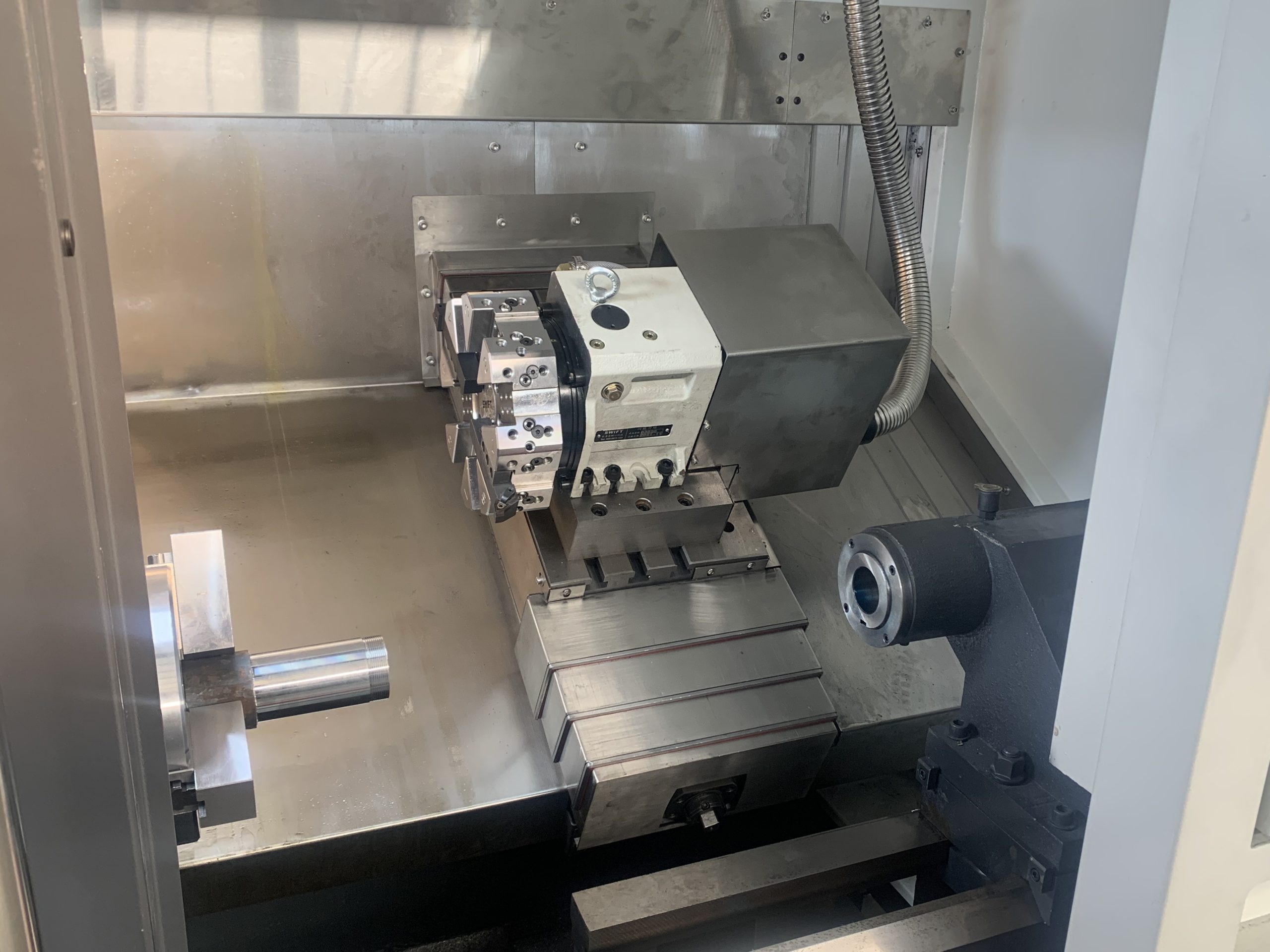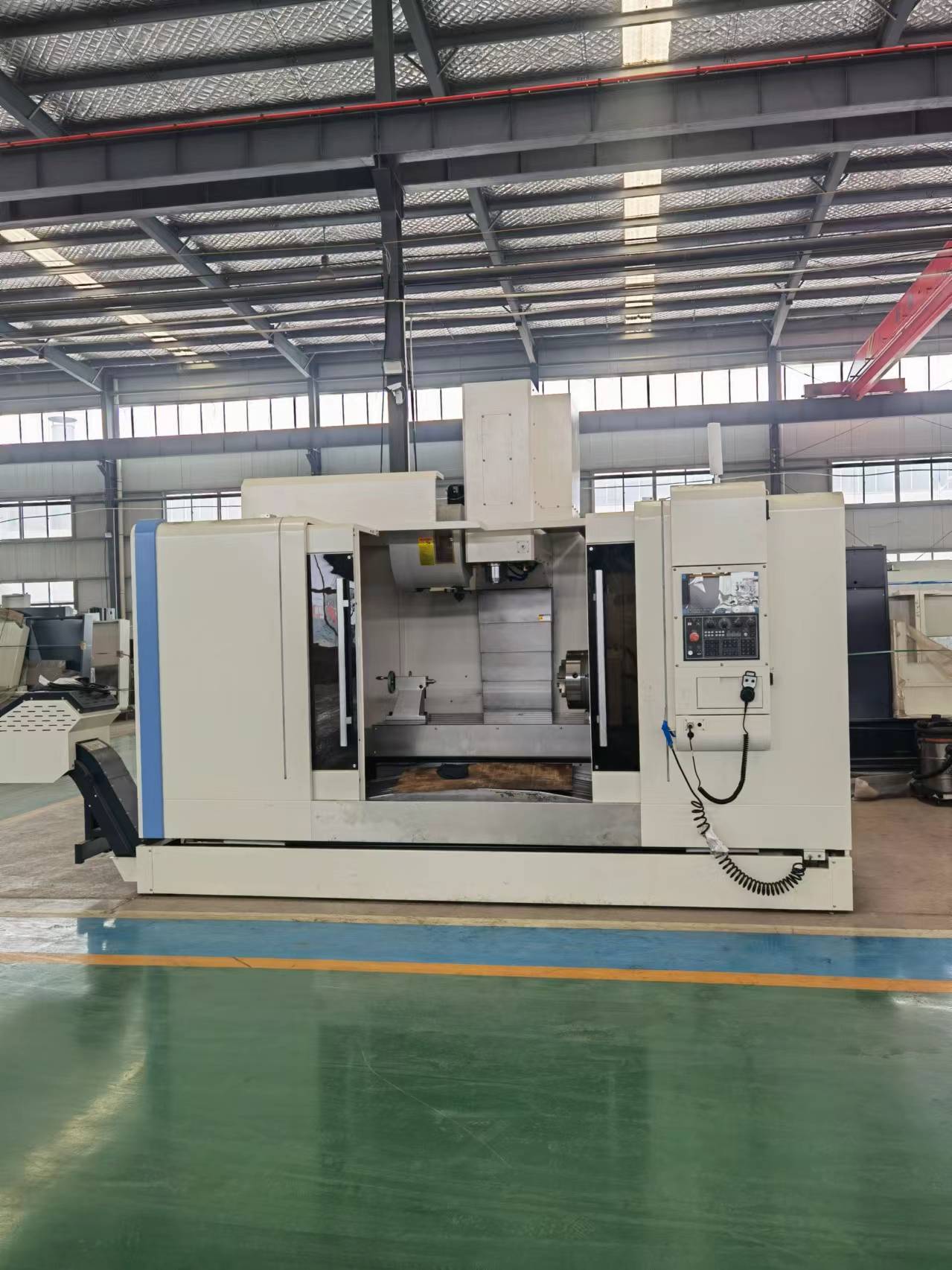When choosing the Y-axis and C-axis functions of the inclined bed CNC lathe, it is necessary to comprehensively consider the processing requirements, process complexity and cost-effectiveness
1 Clarify the processing requirements and process requirements
i. Applicable scenarios of the Y-axis function
b) Polyhedron or special-shaped parts processing: If you need to process parts with inclined surfaces, hole systems or complex contours (such as automobile engine cylinders, complex aerospace structural parts), the Y-axis’s lateral feed capability can achieve multi-axis linkage, avoid multiple clamping, and improve processing accuracy.
c) High-precision hole system processing: The Y-axis cooperates with the X and Z axes to achieve precise drilling and tapping of spatial hole systems, reducing positioning errors caused by secondary clamping.
d) Milling composite processing: For parts that need to be turned and milled at the same time (such as pump bodies and valve bodies), the Y-axis can expand the milling capacity of the machine tool and realize “turning instead of milling”.
i. Applicable scenarios of C-axis function
e) Indexing and positioning processing: As the main axis of rotation, the C-axis can realize the indexing processing of parts (such as equally divided grooves, polygon processing) or positioning at any angle, which is suitable for the processing of parts such as gears, flanges, and turbines.
f) Turning and milling compound processing: The C-axis can be linked with the X and Z axes to complete compound processes such as turning, milling, drilling, and tapping, which is especially suitable for “one-time clamping and multi-process processing” of shaft and disk parts.
g) Surface processing: The C-axis can realize the milling of surface contours with the power tool holder, which is suitable for the processing of complex surfaces such as molds and hydraulic valve cores.
2. Evaluate technical performance and stability
A. Y-axis technical parameters
a) Travel range: Select the appropriate Y-axis travel according to the part size to ensure that the processing area is covered.
b) Positioning accuracy and repeat positioning accuracy: Give priority to high-precision (such as ±0.005mm) Y-axis to meet the processing requirements of complex parts.
c) Dynamic response: The fast feed rate (such as above 10m/min) and acceleration (such as above 0.5g) of the Y-axis can improve processing efficiency, especially for high-speed cutting.
d) Rigidity design: The Y-axis needs to have a high-rigidity structure (such as heavy-duty guide rails and large-diameter ball screws) to withstand cutting forces and reduce vibration.
Match functions according to process requirements to avoid over-configuration.

